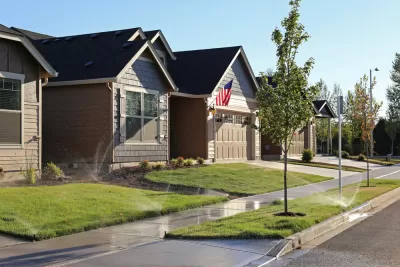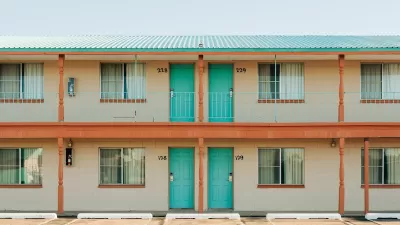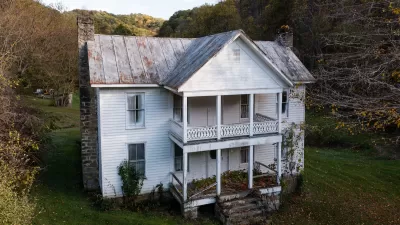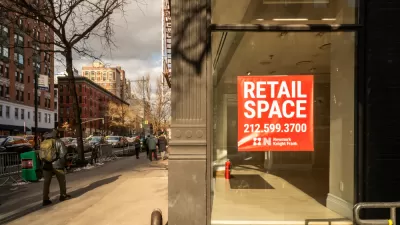Suburban neighborhoods are faring better than neighborhoods in cities when it comes to a range of economic status indicators.

A recent paper in the journal Urban Studies looks at the status of urban and suburban neighborhoods in metropolitan areas throughout the United States to better understand their trajectories. The findings show that the perception of cities on the rebound and suburbs in decline does not match what is happening on the ground, writes Richard Florida:
In contrast to the idea of a Great Inversion—a shift of affluence back to the cities and poverty out to the suburbs—[Whitney] Airgood-Obrycki finds that suburban neighborhoods overwhelmingly outperformed their urban counterparts during the four-decade period spanning 1970 to 2010.
Incomes, home values, and education levels are higher in suburban neighborhoods compared to urban ones. Urban neighborhoods also were less stable over time when considering both types of neighborhoods in the same quartiles. Urban neighborhoods with lower economic status were more likely to stay at those lower levels and high-status ones more often saw declines.
Florida notes that the dynamics of suburbs still remain complicated, with newer suburbs showing most of the economic gains. But the patterns identified in this study challenge popular assumptions about suburbs and cities. "Many urban centers have gentrified, and poverty and economic dislocation have spread into the suburbs. Despite all of this change, the most affluent places in America largely remain in its more recently developed suburbia," says Florida.
FULL STORY: The Persistent Economic Advantage of America’s Suburbs

Maui's Vacation Rental Debate Turns Ugly
Verbal attacks, misinformation campaigns and fistfights plague a high-stakes debate to convert thousands of vacation rentals into long-term housing.

Planetizen Federal Action Tracker
A weekly monitor of how Trump’s orders and actions are impacting planners and planning in America.

San Francisco Suspends Traffic Calming Amidst Record Deaths
Citing “a challenging fiscal landscape,” the city will cease the program on the heels of 42 traffic deaths, including 24 pedestrians.

Adaptive Reuse Will Create Housing in a Suburban Texas Strip Mall
A developer is reimagining a strip mall property as a mixed-use complex with housing and retail.

Study: Anti-Homelessness Laws Don’t Work
Research shows that punitive measures that criminalized unhoused people don’t help reduce homelessness.

In U.S., Urban Gondolas Face Uphill Battle
Cities in Latin America and Europe have embraced aerial transitways — AKA gondolas — as sustainable, convenient urban transport, especially in tricky geographies. American cities have yet to catch up.
Urban Design for Planners 1: Software Tools
This six-course series explores essential urban design concepts using open source software and equips planners with the tools they need to participate fully in the urban design process.
Planning for Universal Design
Learn the tools for implementing Universal Design in planning regulations.
Heyer Gruel & Associates PA
JM Goldson LLC
Custer County Colorado
City of Camden Redevelopment Agency
City of Astoria
Transportation Research & Education Center (TREC) at Portland State University
Jefferson Parish Government
Camden Redevelopment Agency
City of Claremont





























